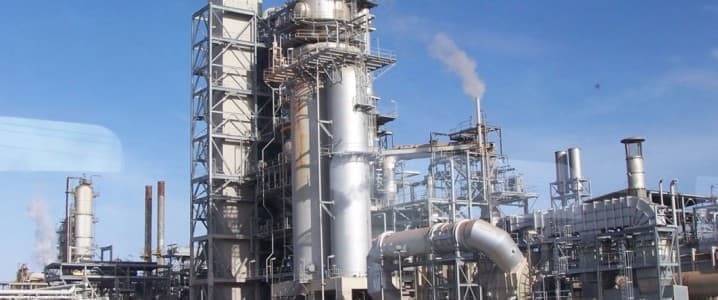Lower demand for crude oil from refiners at home gave a boost to U.S. exports of the commodity, turning it into a net exporter to OPEC member Nigeria in two of the seven months since the start of this year.
The news comes from the U.S. Energy Information Administration, which said this week that the United States exported more crude oil to Nigeria in February and March than it imported from it. The specific focus on Nigeria is because of the new Dangote refinery that went into operation recently. A much-needed processing facility in the West African nation, the refinery immediately suffered a shortage of local crude, prompting higher imports, notably from the United States.
As a result, U.S. exports to Nigeria rose to 111,000 barrels daily in February, going up further to 169,000 barrels daily a month later. Imports from Nigeria, meanwhile, fell to 54,000 barrels daily in February, ticking a bit higher the next month to 72,000 barrels daily. For context, the January average in oil imports from Nigeria stood at 133,000 barrels daily.
The reason for the temporarily lower demand for crude at home was the result of maintenance at a Phillips 66 refinery in New Jersey. The facility underwent maintenance in the first quarter of the year, returning to normal operations in April, which led to a return to normal oil trade trends between the United States and Nigeria.
Related: Iran Hit by Power Protests as Oil Exports Surge to 1.9 Million bpd
Exports of oil to Nigeria, however, are likely to remain strong, whatever the refinery maintenance situation. West Texas Intermediate has better gasoline blending capabilities because it yields greater volumes of reformate—a gasoline blending component produced through catalytic reforming. This is the technical advantage over other blends. But U.S. crude also has logistical advantages over other blends.
Earlier in the year, demand for U.S. crude in Asia shrank amid the trade war between President Trump and China, making volumes available to other buyers, especially ones that need the feedstock rather urgently due to failure to boost local supply. This is exactly what happened in Nigeria. Africa’s top OPEC member has been struggling to materially boost domestic crude output, so the 650,000-barrels-per-day refinery built by Africa’s richest man, Aliko Dangote, has been sourcing more WTI crude as it ramps up to capacity.
As of June, U.S. WTI purchases accounted for a third of the crude sourced by the Dangote refinery, which should at some point be able to cover 100% of Nigeria’s demand for all refined petroleum products and will also have a surplus of each of the products for export. So far, Nigeria has been importing all the fuels it consumes despite being the largest crude oil producer in Africa.
Even so, Nigeria has been struggling to boost production, currently at some 1.4 million barrels daily, which is below the country’s quota under the OPEC+ agreement from 2022. The government, however, is calling for a revision of these quotas, seeking a higher production rate, to the tune of 2 million barrels daily in two years, of which 1.7 million barrels daily of crude oil and 300,000 bpd of condensates. This is part of an ambition to boost the production capacity of Nigeria’s oil industry to 2.4 million barrels daily over the medium term.
In the U.S., meanwhile, two refineries are set to shut down in California, one operated by Valero and another operated by Phillips 66, with a combined capacity of close to 300,000 barrels daily. This will likely have a permanent effect on domestic crude oil demand and possibly keep the availability of West Texas Intermediate for exports to Nigeria steady for the observable future.
By Irina Slav for Oilprice.com
More Top Reads From Oilprice.com

